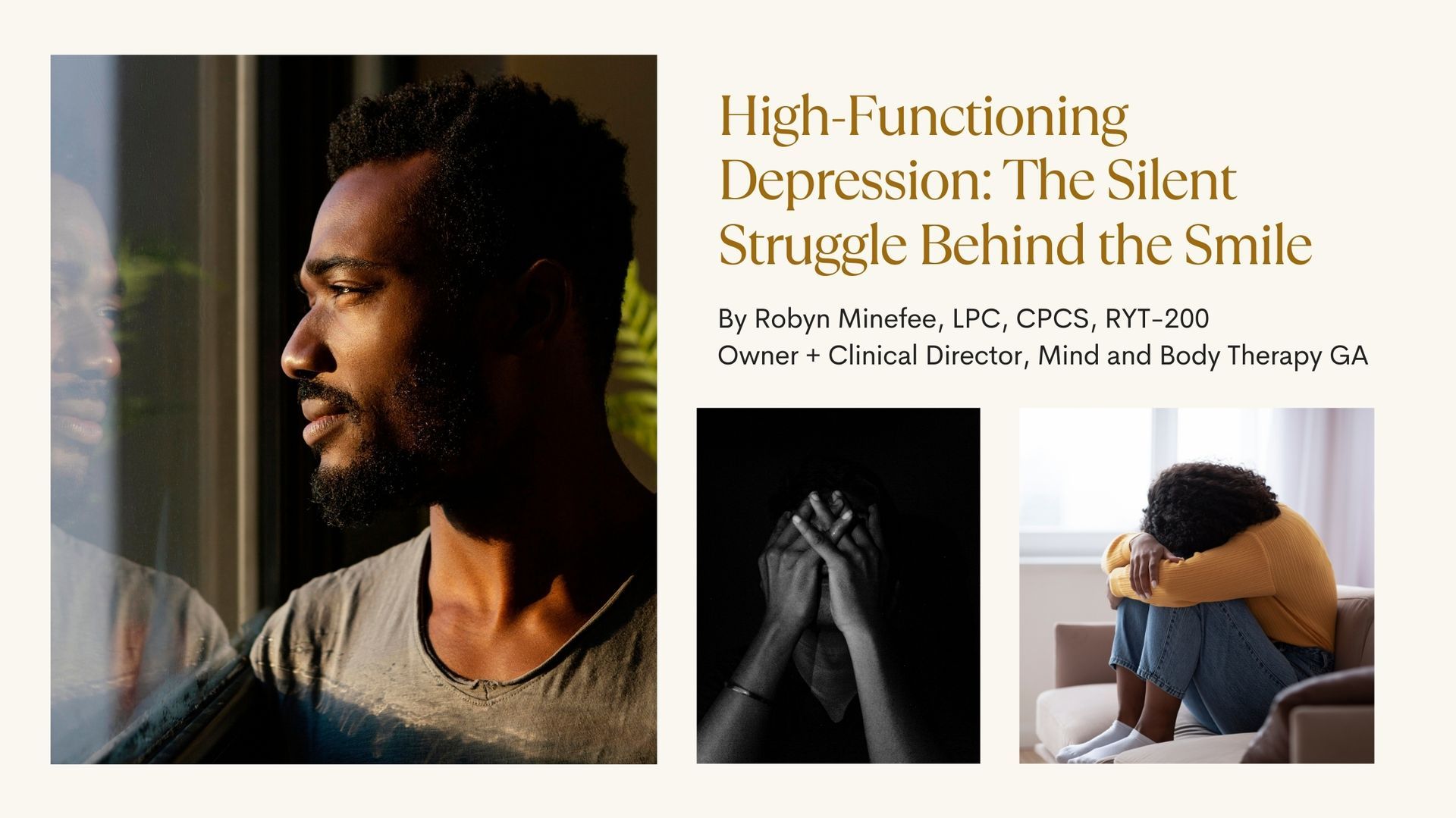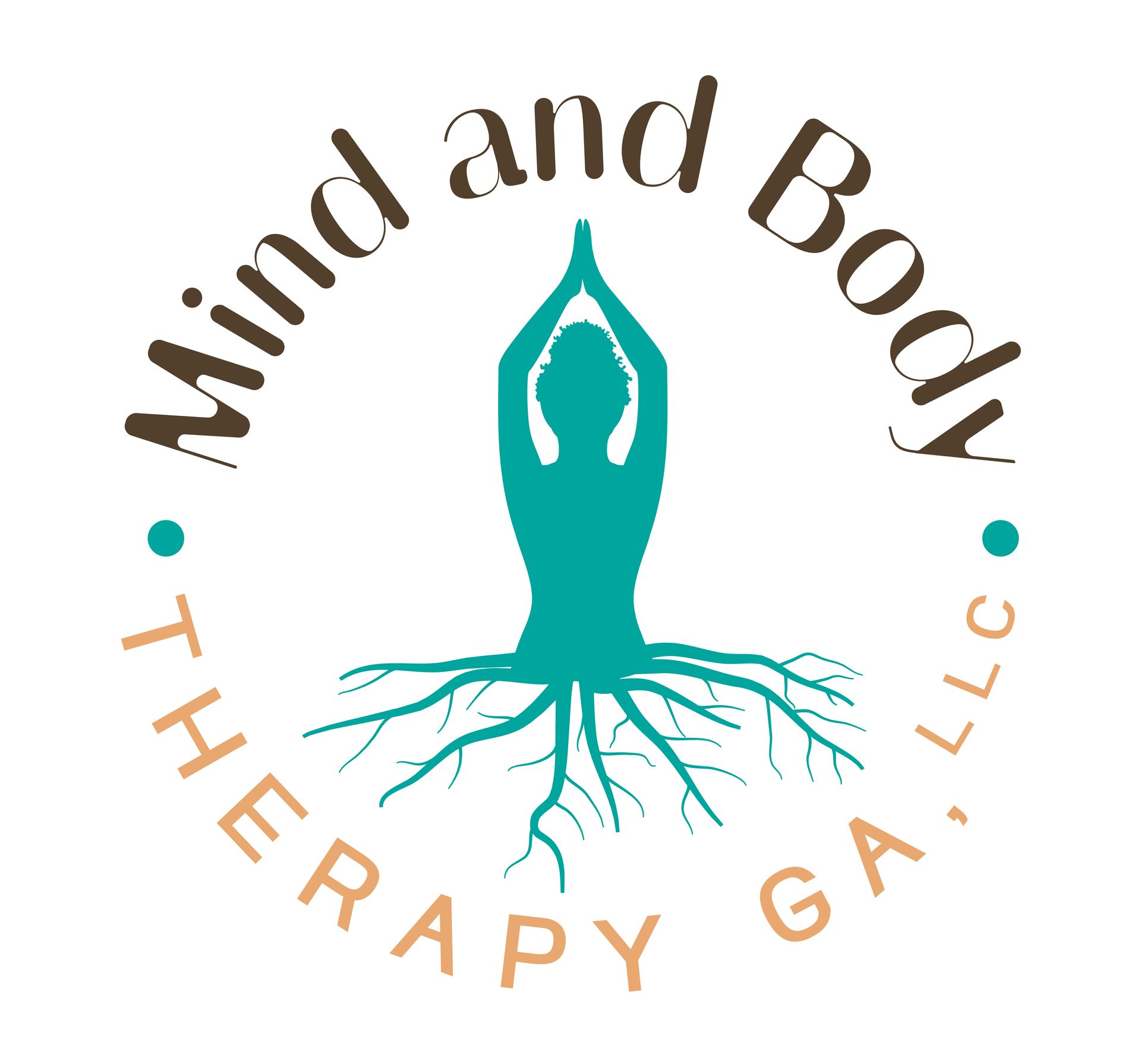Embodied Boundaries: Honoring ‘No’ in a Culture That Demands ‘Yes’

In today’s hyperconnected world, boundaries often feel like obstacles to productivity and social harmony. For Black individuals, the pressure to constantly say “yes” can be intensified by dynamics of racialized people‑pleasing and code‑switching—adaptive behaviors rooted in survival within white‑dominant spaces. Embodied boundaries offer a somatic pathway to reclaim the power of “no,” anchoring limits in body awareness and self‑trust.
What Are Embodied Boundaries?
Embodied boundaries refer to the interplay between bodily sensations and personal limits. Rather than conceptualizing boundaries solely as cognitive rules, this approach recognizes how the body signals discomfort—tightness in the chest, a sinking in the stomach, or tension in the shoulders—whenever our limits are at risk. This aligns with the concept of embodiment, which frames the mind and body as an integrated system responsive to environmental cues.
Racialized Pressure to Say “Yes”
Black people often navigate environments where saying “no” feels risky due to stereotypes of being “difficult” or “angry.” Code‑switching—modifying speech, mannerisms, and behavior to fit dominant norms—is a survival strategy deeply intertwined with people‑pleasing. Research shows that linguistic racism drives heightened mental vigilance and stereotype threat, pushing Black individuals to conform linguistically and behaviorally
PMC.
As YES! Magazine reflects, “code‑switching…has not only helped some of us thrive in mainstream culture—it has helped many of us simply survive”.
Body Awareness as the Foundation for Boundaries
Somatic therapy underscores that our bodies store signals long before our minds can articulate them. Techniques such as grounding, boundary development, and interoceptive exercises help surface these pre‑verbal cues. Verywell Health describes somatic therapy as using “body sensations…to release physical tension and manage overwhelming emotions,” explicitly including boundary development as a core focus.
Similarly, the “Felt Sense” practice invites slowing down to notice the body’s changing energetic and sensory landscape, guiding individuals to se> Practical Somatic Practices for Honoring “No”
Body Scanning: Lie or sit comfortably. Slowly move attention from your head to your toes, noticing areas of tightness or discomfort. A rising heat or constriction often marks where a boundary has been breached.
Grounding Through Sensation: Feel your feet on the floor or your back against a chair. This anchors you in the present, strengthening the felt experience of saying “no.”
Somatic Stretching: Gentle, mindful stretches—like seated twists or diagonal arches—can release tension that builds when we suppress our limits.
Energetic Boundary Visualization: Inhale deeply, imagining light expanding in your torso; exhale, envision that light forming a protective boundary. Notice any resistance or shifts in the body’s energy.
Navigating People‑Pleasing and Code‑Switching
When code‑switching, the body often signals dissonance before the mind labels it. A tightening throat or a flutter in the chest can be a red flag that you’re suppressing your authentic response. Journaling these bodily cues—“Today I felt a knot in my stomach when asked to…”—builds a somatic vocabulary that empowers you to speak your truth. Over time, honoring these early signals makes “no” a natural extension of self‑care rather than a fear‑laden act.
Conclusion
Honoring “no” in a culture that demands “yes” is an act of radical self‑respect—especially for Black folks whose bodies have historically been sites of labor, control, and adaptation. By cultivating embodied boundaries through somatic practices, we reclaim autonomy over our time, energy, and emotional well‑being. Listening to the body’s wisdom not only protects our limits but also paves the way for more authentic “yeses” that enrich our lives.

At Mind and Body Therapy GA, we are committed to cultivating healing, resilience, and empowerment through our specialized psychotherapy services. Our mission is to establish a safe and culturally affirming environment where individuals can begin their transformative journey toward healing.






